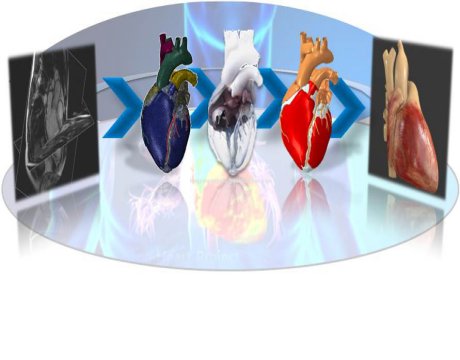Robert Bosch Engineering and Business Solutions is a branch of Robert Bosch (Fortune 500) is seeking a Senior Engineer for its Simulation team in Ho Chi Minh city, Vietnam. Only applicable for Vietnamese candidate or candidate can work in Vietnam
Senior structural simulation engineer
Requirements:
· BSc, MSc or PhD in Mechanical Engineering, Computational Engineering, Maths or related fields
· Strong knowledge of continuum mechanics, structural mechanics, Finite Element Analysis (FEA)
· Practical experience with FEA software: Ansys Workbench, Ansys mechanical, Abaqus, Nastran, COMSOL, etc.
· Good knowledge in meshing tool: Hypermesh, Ansys meshing, Abaqus/CAE, etc.
· Handle simulation tasks independently
· Be able to perform quality-check for simulation task and guide junior member effectively
· Willing to learn new simulation aspects, simulation tasks, products
· Highly enthusiastic, motivated & result oriented
· Be able to work in a collaborative team and possess high team spirit
· Good discipline
· Good communication skills
· Advance in MS office
· Advance level in English both speaking and writing
· Willing to travel to India, or other countries for the short period
· Knowledge in linear/non-linear analysis, fatigue analysis, vibration analysis is desirable
· Intermediate programming skill (Matlab, C++, VBA, Fortran, Python, etc.) is desirable
· Knowledge in CAD tools (such as Pro-E, Catia, SolidWork, etc.) is desirable
· Knowledge in Japanese/German is desirable
· Be able to work with linux is desirable
Please send your CV to me: kadung@gmail.com
